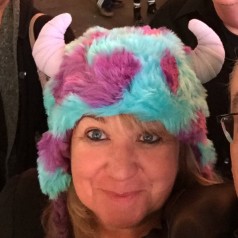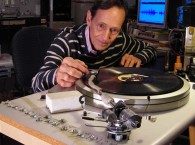
SHANNON BECKER: When and how did you first become interested in audio electronics?
DAN DUGAN: As a child! I was most interested in theater lighting. I was raised in San Diego, CA, and when my parents took me to the Old Globe Theatre or the summer musicals in the Ford Bowl, I always wanted to go backstage to see the light board. In grade school, I operated the projectors, the tape recorders (Wollensak and Revere), and the sound systems (Bogen).
SHANNON: When did you attempt your first audio project?
DAN: In grade school, I remember making up a program on tape. Something historical, but I can’t remember what it was about.
SHANNON: Describe some of the jobs you had prior to inventing the automatic microphone mixer.
DAN: After doing all the lighting for four years at the University of San Francisco (USF) College Players and for concerts in the USF Gym, I did sound for the Globe Theatre in 1964 and lighting and sound in 1965, and lighting for the first production of the San Diego Opera in 1965. In 1967, I switched to doing theater sound, working for the San Diego National Shakespeare Festival and the American Conservatory Theatre in San Francisco.
[The title “Sound Designer” was created in 1968 to describe what Dan was doing. He provided sound services for many seasons of the Mondavi Jazz Festival, and engineered several independent record albums, including Kate Wolf’s first two albums which are still in print, now as CDs].
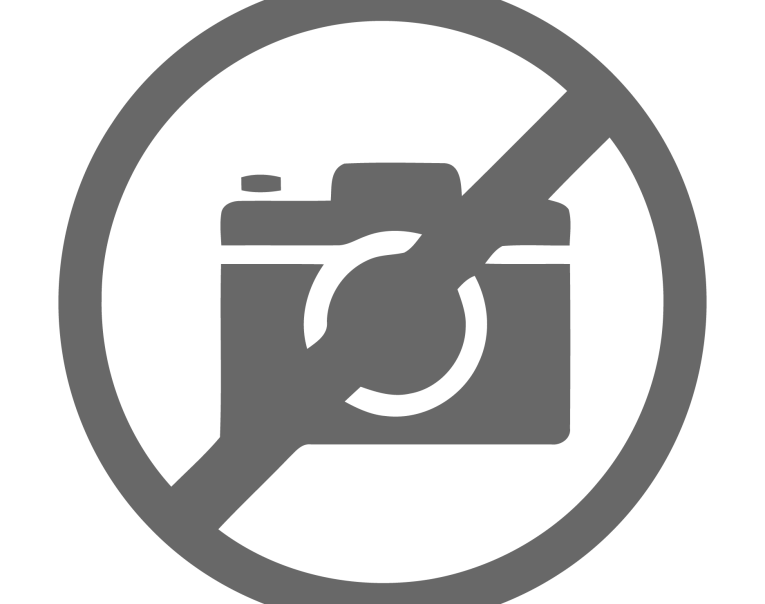
SHANNON: Describe what the term “sound designer” means to you.
DAN: In theaters a “sound designer” supervises the sound from the microphones to the audience’s ears. In motion picture production there are two meanings. The first is the same as in theater, also called supervising sound editor, and the second usage is for a person who creates novel sounds like monsters.
SHANNON: How did you come up with the idea for the automatic microphone mixer?
DAN: In 1968, I did sound design for the resident companies of Hair in Chicago, Las Vegas, and Toronto. There were 36 microphones and one operator working rotary-knob mixers in a rack. I thought there had to be a way to help. I experimented for about six years and hit on a solution.
SHANNON: Tell us about some of your other inventions. Which is the most popular? Are any currently in production?

DAN: The Dugan Speech System is my most popular invention. It is 40 years old and still finding new applications. There’s also the Dugan Music System, a distant second, and Dugan Gain Limiting. In limited use but with more coming soon is the Dugan Automatic Level Control. Unrealized as of yet but in the wings are Dugan Foldback Limiting and a Dugan Speech Equalizer.
SHANNON: Tell us about “A New Music and Sound Effects System for Theatrical Products,” which is the sound design paper you presented to the Audio Engineering Society (AES) at its 37th Convention. Did you realize its future implications when you wrote it?
DAN: In the paper, I described a system in which the signals from three stereo tape players were routed to 10 loudspeaker zones in the theater. Audio mixing boards generally combine a large number of inputs to a small number of outputs—that’s mixing. For playback of theater cues, the opposite was desired, routing a small number of channels over a large number of speakers. As there was nothing like that available, I designed and built a system from scratch. It was the first multi-scene preset board for theatrical cues playback, sending three stereo tape decks to ten speaker channels. And I described my work in that paper. Subsequently, Charles Richmond, of Richmond Sound Design, designed products developing the concept further.
SHANNON: Your patented equipment has been used in thousands of places, including the courtroom where Saddam Hussein’s trial took place and on the David Letterman Show. Can you share other locations where your equipment may be found?
DAN: My equipment is used in corporate meetings everywhere, from ESPN sports to PAC-12 sports to US Presidential debates and on several television set locations including Washington Week and PBS News Hour.
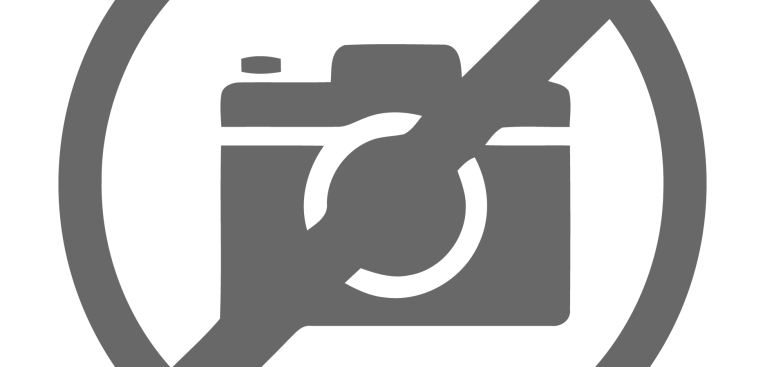
SHANNON: Your San Francisco, CA-based company Dan Dugan Sound Design (www.dandugan.com) produces automixing solutions. Are you currently developing any new products?
DAN: We recently added the Model E-2 to complete the E-series (E-1A, E-2, E-3). We are also just about to ship the Dugan-VN16, an option board for Avid live sound mixers.
Next out for our company will be a new physical control panel for Dugan automixers. It can be used when you are working under pressure and real knobs and buttons are better than mouse clicks.
SHANNON: To what do your attribute your company’s continuing success?
DAN: Persistence, good luck.
SHANNON: You are known for your use of natural sound recordings. When and why did you first begin capturing the sounds of nature?
DAN: I was the Northern California service shop for Nagra Audio. Around 1987 or 1988 one of the founders of the Nature Sounds Society worked at the Oakland Museum and he brought a Nagra recorder in for service. He mentioned that every summer they had a camp in the Sierras and invited me to come. I started mentoring with the Nature Sounds Society, teaching people how to get the best sound from their equipment. I started recording for myself at the end of 2001 when I took a borrowed MiniDisc recorder for a trip to New Zealand and I recorded an album’s worth of good stuff.
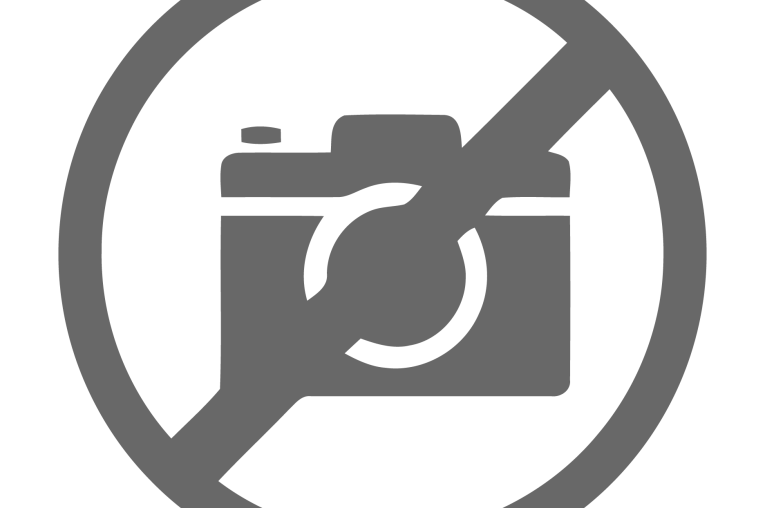
SHANNON: Where do you conduct your outdoor recordings?
DAN: One of my favorite locations is Muir Woods [National Monument in Mill Valley, CA] because it’s so accessible. I also enjoy recording in Mariposa Grove in Yosemite National Park because it is sublime and at Joshua Tree National Park [in southeastern California].
SHANNON: What do you see as some of the greatest audio innovations of your time?
DAN: “Of my time” meaning in my career? I think there are several including solid-state electronics, integrated circuits, electret condenser microphones, and digital audio.
SHANNON: Would you recommend any promising technologies to audioXpress readers?
DAN: Audio over Ethernet.


